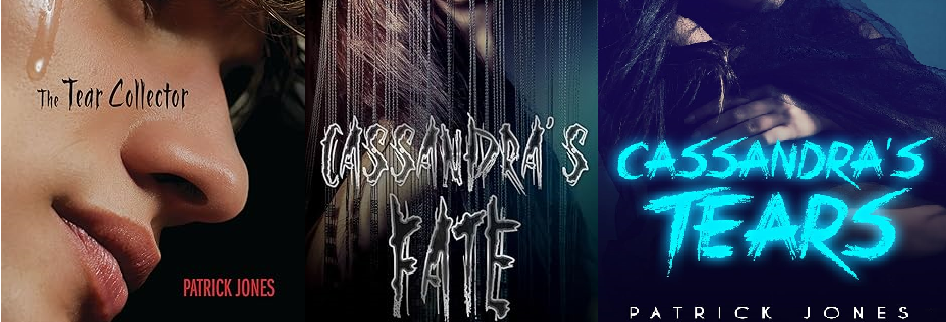Locked Out Literature
My new series Locked Out focuses on a teenager who has an incarcerated parent. Each book concerns a different type of incarceration: county jail, short-term workhouse, state prison, federal prison, and even death row. I learned a great deal about this subject when researching the book Target in The Alternative series. The facts I uncovered: 1 in 30 kids in the United States, but 1 -15 for kids of color were staggering. While I believe books that try too hard to send a message don’t work out for writer or reader, this public health crisis I thought needed to be brought to light through fiction, in particular fiction aimed at reluctant readers. As the access to books for most reluctant readers are teachers and librarians – these are not kids shopping bookstores or strolling library shelves – we created a teacher’s guide to help educator’s use the series in the classroom.
I was fortunate enough to have right in my background Dr. Rebecca Shlafer at the University of Minnesota, one of the leading researchers on the impact of parental incarceration on children. She had already completed a review of young adult and children’s literature on this topic, so I reached out to her (and her graduate students) for assistance on the Locked Out series. Dr. Shlafer and her students reviewed the manuscripts and provided me with invaluable feedback on how to make the main character’s experience reflected that of an adolescent who was “locked out” because a parent a was locked up. Below is a short excerpt from Dr. Shlafer’s afterword to the book Returning to Normal which is the “keystone” book in the series.
—————————————————————————————————————
As of 2014, it’s estimated that more than 2.7 million children in the United States have a parent behind bars. About one in five of those kids are teenagers. While having parents in prison presents challenges at any age, it may be particularly hard for teenagers, as they try to find their way in the world.
The Locked Out series explores the realities of parental incarceration through the eyes of teens dealing with it. These stories are fictional, but the experiences that Patrick Jones writes about are daily life for many youths. The characters deal with racism, stigma, shame, sadness, confusion, and isolation— common struggles for children with parents in prison. Many teens are forced to move from their homes, schools, or communities as their families cope with their parents’ incarcerations.
The Locked Out series offers a glimpse into this complex world. While the books don’t sugarcoat reality, each story offers a window of hope. The teen characters have a chance to thrive despite difficult circumstances. These books highlight the positive forces that make a difference in teens’ lives: a loving, consistent caregiver; other supportive, trustworthy adults; meaningful connections at school; and participation in sports or other community programs. Indeed, these are the factors in teens’ lives that mentoring programs around the country aim to strengthen, along with federal initiatives such as My Brother’s Keeper, launched by President Obama. This series serves as a reminder that just because a parent is locked up, it doesn’t mean kids need to be locked out. —Dr. Rebecca Shlafer
